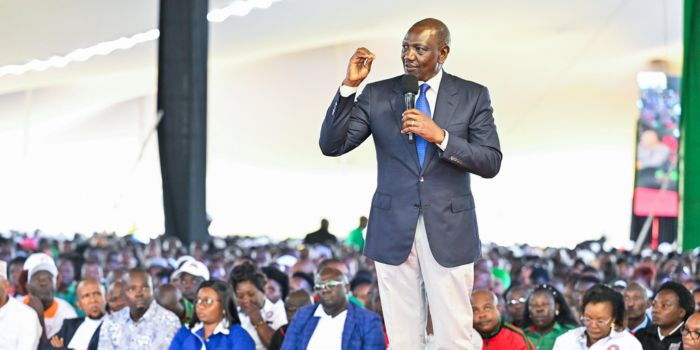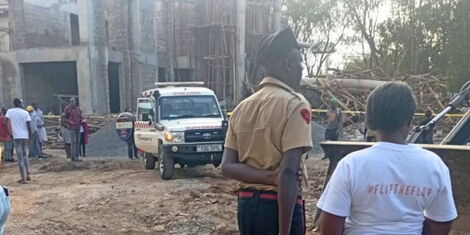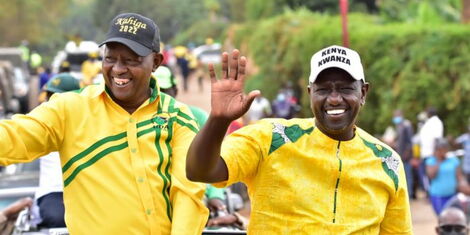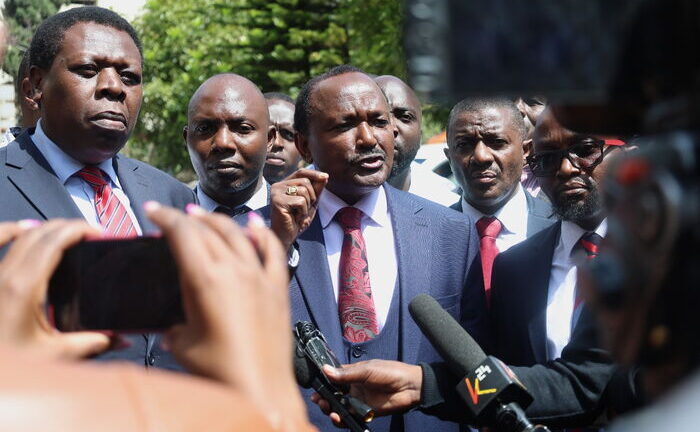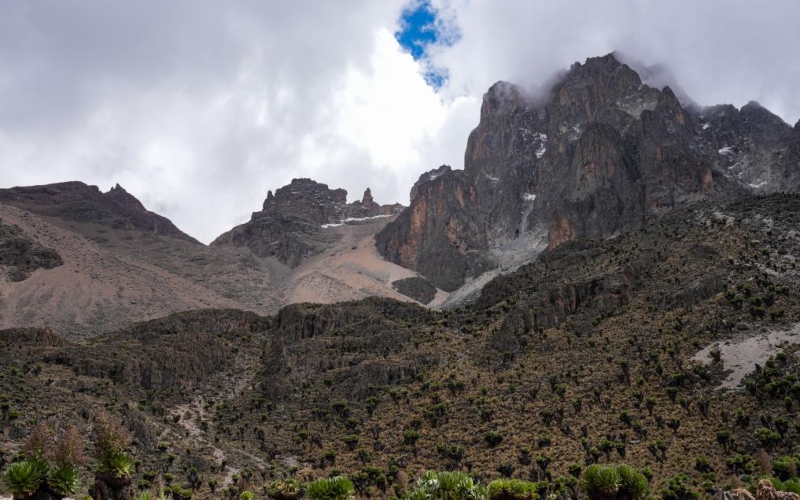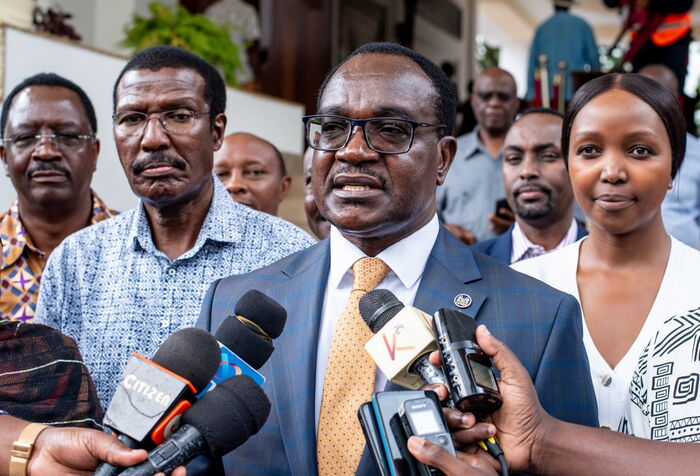
Education Cabinet Secretary Julius Ogamba has formally acknowledged a severe funding shortfall in the free schooling capitation scheme, revealing that public education institutions are receiving less than half of their allotted funds — sparking nationwide alarm over the state of Kenya’s basic education financing.
Speaking today in Nairobi, Ogamba dismissed rumours that the government plans to scrap free primary and secondary education. Instead, he stressed that ongoing budget pressures have forced a reduction in the capitation amount per learner, not a reversal of policy .
Capitation Cuts: Numbers Speak Loud.
Under current policy, secondary students are meant to receive KSh 22,244 annually. Yet, due to fiscal constraints and ballooning enrolment, the actual amount disbursed is substantially lower.

Ogamba confirmed that this gap is driven by limited allocation from the National Treasury, despite the ministry’s best efforts to disburse all available funds .This admission follows closely after Treasury Cabinet Secretary John Mbadi conceded that the government can only support learners at approximately KSh 16,600—far below the statutory entitlement—and urged Parliament to approve higher funding to bridge the divide .
Half the Money Means Double the Pain.
Independent reports indicate that only around 50 percent of the capitation budget has reached schools. In Term 1 of 2025, primary, junior secondary, and secondary learners collectively received just KSh 28.8 billion—well below the estimated KSh 36 billion needed for Term 1 funding alone.
This leaves a staggering Sh7.5 billion shortfall already in effect .CS Ogamba conceded before Parliament’s education committee that the capitation sent to learners represents only half of what was allocated, and that schools continue to languish under unpaid bills accumulated over years of underfunding .
Free Education Is Not Cancelled, Says CSDespite the shortfall, Ogamba was emphatic: “We have not abolished free primary education. We have only reduced the capitation fee.”
He reiterated that free and compulsory basic education remains a constitutional right and asserted that neither the government nor any other entity has rescinded it .PS Julius Bitok supported this message, assuring Kenyans that the policy framework for free education remains unchanged.
The ministry is now lobbying Parliament to increase capitation allocations and close the financing gap .Mounting Pressure from StakeholdersThe public reaction has been swift and critical.
School principals, teachers’ unions, parent associations, and MPs have warned that the reduced funding could cripple operations, deepen pending debts, and force schools to seek unauthorized levies to stay afloat .
Union leaders and advocacy groups emphasized that Kenya’s free education promise is under threat unless funding is restored. Many fear that the shortfall will translate into indirect costs for parents and drive exclusion of the poorest learners.
What Lies Ahead.
With enrolment pushing upward and fiscal constraints remaining tight, the Education Ministry faces a narrowing window to secure additional financing. Ogamba and Treasury are now pushing for a parliamentary vote that could raise the capitation per learner to the statutory rate and ward off funding crises.
In the coming week, Parliament’s Education Committee is expected to summon CS Ogamba and Treasury officials for detailed hearings.
The central question: can Kenya sustain its free education policy in practice—or will budget reality undermine its constitutional guarantee?


